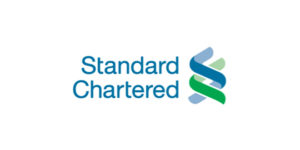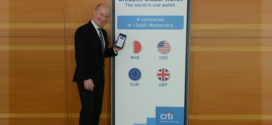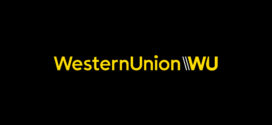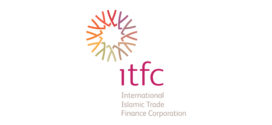World economy and financial markets enjoying surge in confidence as 2017 unfolds
 14 May 2017, Dubai – The world economy is currently benefiting from strong US growth, solid export data from Asia and booming asset markets. Much of this comes down to a few common factors – high (but not too high) oil prices, China’s inventory cycle, and reflation expectations in the US.
14 May 2017, Dubai – The world economy is currently benefiting from strong US growth, solid export data from Asia and booming asset markets. Much of this comes down to a few common factors – high (but not too high) oil prices, China’s inventory cycle, and reflation expectations in the US.
Much of this is down to improved confidence and the return of animal spirits – a spontaneous urge to action rather than inaction – but animal spirits alone will not be enough to keep the global economy going over the medium term. A multi-year economic boom will require improved and sustained fundamentals to support the current surge in confidence.
 Right now, US policy poses a particular risk to the outlook. Although markets are excited about the prospect of President Trump’s reflationary policies, it is still unclear as to whether they will materialise. At the same time, the Fed is embarking on a rate-hiking cycle. This should not be too problematic over the coming months, but tighter monetary policy should ultimately impact economic activity, likely in 2018.
Right now, US policy poses a particular risk to the outlook. Although markets are excited about the prospect of President Trump’s reflationary policies, it is still unclear as to whether they will materialise. At the same time, the Fed is embarking on a rate-hiking cycle. This should not be too problematic over the coming months, but tighter monetary policy should ultimately impact economic activity, likely in 2018.
The importance of oil prices cannot be overstated in the current positive economic environment. Oil prices are now in a sweet spot. They are not so high as to be inflationary and hinder growth and they are not low enough to lead to a deflationary spiral and a lack of investment in oil production.
As a result of higher prices, Asian exporters are regaining pricing power. Export data across the region this year has been consistently strong. The increase in prices is one of the main reasons for this strength; higher export volumes are playing less of a role. In Asian countries where there are higher export volumes, they are mostly destined for China rather than the US. Stronger export data is welcome, but confidence would improve further if volumes were also picking up alongside prices.
South Korea provides good insights into where Asian exports are going, as it is an open economy and reports exports data first. South Korean data shows the universal commodity-driven rise in prices, but it also shows rising semiconductor export volumes to China. Standard Chartered sees China avoiding a hard landing in 2017, with growth slowing only slightly to 6.6 per cent.
China’s inventory cycle is particularly important for the rest of Asia given its role as a key export destination for the region. After years of destocking, China’s inventory cycle has turned following the end of PPI deflation. This provides a short-term boost to production, in turn increasing China’s demand for imports from elsewhere in Asia.
In the US, there is scope for disappointment. First, Fed hikes will offset any positive impact from fiscal stimulus. Second, US infrastructure spending will not increase beyond what would have happened anyway. Third, fiscal stimulus is more likely to be in the form of tax cuts, leading to higher deficits.
The important development this year will be the Fed’s, not Trump’s, policy. This is the first time since June 2004 that a more protracted hiking cycle is expected; Standard Chartered believes there will be two hikes this year and another two in early 2018.
While most people are focusing on the Trump reflation trade and the solid growth the US economy is enjoying right now, many at the Fed will be weighing its options for when the next downturn arrives. The current strong state of the US economy gives the Fed the opportunity to start hiking rates towards the 3 per cent mark, giving it just enough room to cut interest rates and stimulate recovery in a downturn.
Marios Maratheftis, Chief Economist, commented: “Despite elevated levels of event risk, the world economy has started 2017 well. Animal spirits are back. We think the world economy still has room to run over the next few quarters but strong confidence alone will not be enough to sustain this. The positives we are seeing right now are mostly transitory in nature and we expect monetary policy tightening to dampen growth over the medium term. Events will be crucial to keeping animal spirits strong and for now, the key risk is US policy unpredictability and the threat of trade wars.”
– Ends –
 Cash And Trade Magazine For Cash and Trade professionals in the Middle East
Cash And Trade Magazine For Cash and Trade professionals in the Middle East




